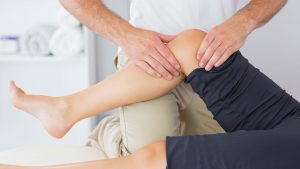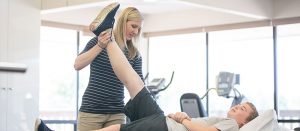Benefits of Physiotherapy in older people
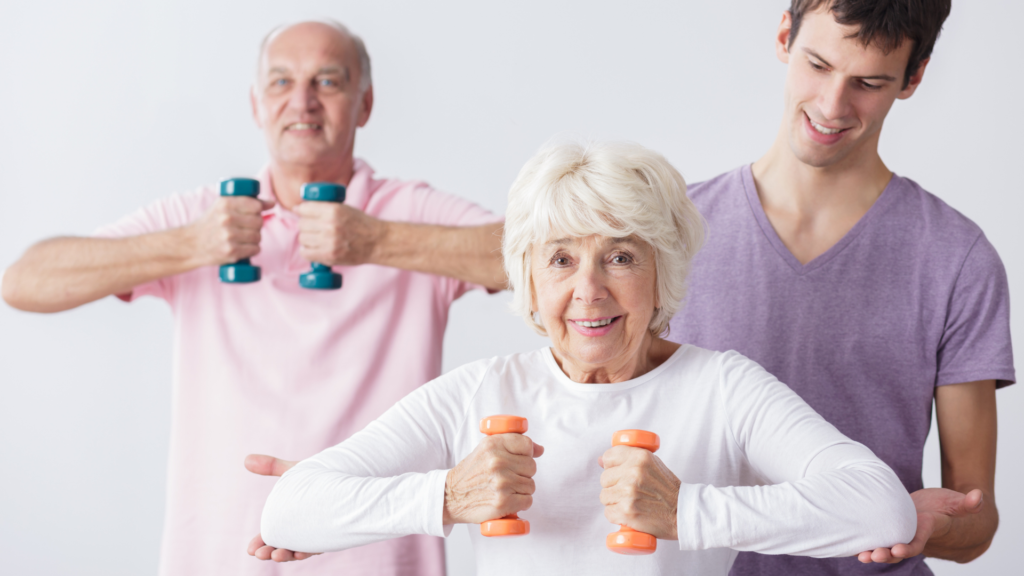
Did you know that physiotherapy is not only intended to treat muscle or joint injuries? The so-called Physical Therapy or Occupational Therapy is also used for the management and restoration of physical mobility in older people and its benefits in this population group are widely recognized.
How does physical therapy work in older adults?
Physical Therapy has no age limits. It works whenever a patient needs it and adapts perfectly to the physical and motor conditions of each person. This explains why the techniques used with young athletes or with patients recovering from an injury are not exactly the same as those applied to older adults. Taking into account these differences, what is physiotherapy for the elderly?
The exercise for seniors is essential to maintaining a good health. Physiotherapists are aware that some motor or functional limitations begin to appear at this stage of life and they use their therapeutic techniques to slow down these processes and promote quality of life. For this reason, the objectives of physiotherapy in older people are aimed at:
- Achieving great patient confident with their locomotor abilities.
- Preserve or regain autonomy in activities of lifestyle.
- Maximize joint mobility and muscle strength.
- Improve gait and balance patterns.
- Promote the practice of physical activities during a healthy way.
Challenges facing physical therapy
This past September 8, World Physiotherapy Day was celebrated, thus commemorating the founding date of the World Confederation for Physical Therapy (WCPT). This international body that represents more than 670,000 professionals around the world and this important date serves as a reminder not to overlook the importance of this medical discipline in the elderly.
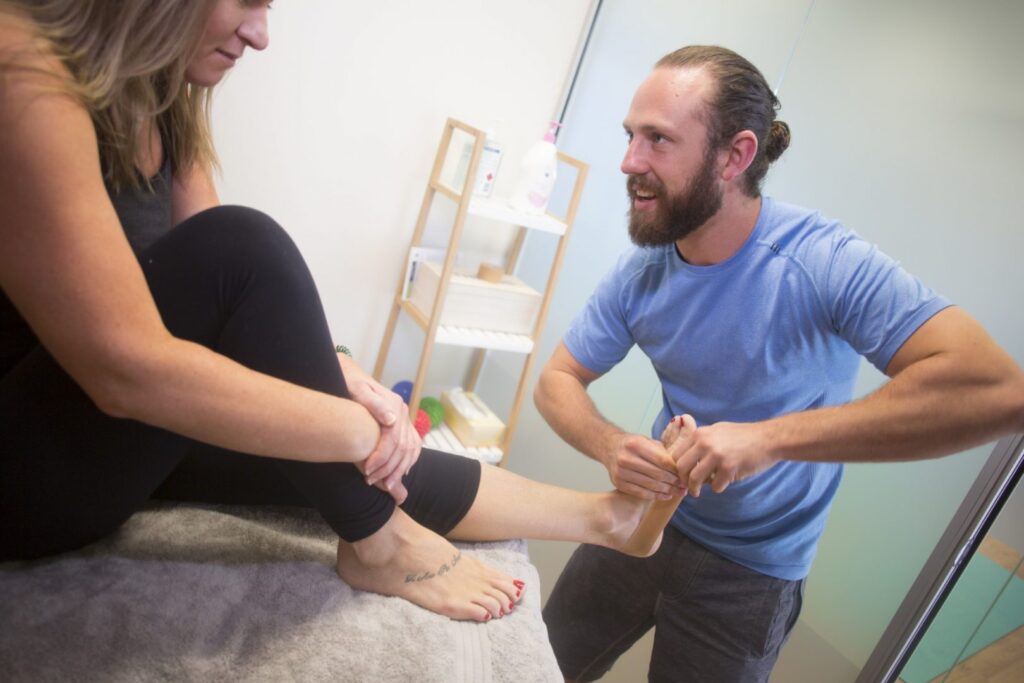
The physiotherapy in elderly deals with locomotor problems in patients from 60 years from three perspectives:
Prevention
Work on abilities such as muscular strength, balance or joint width allow the patient to continue interacting with their environment in optimal physical conditions. If you want to prolong the autonomy of an elderly person, you have to insist on these aspects that, on the other hand, will serve to avoid those accidental falls whose recovery is usually very spectacular.
Diagnosis
Through physical therapy for the elderly, it is possible to identify the origin of an ailment, assess the severity of an injury or determine what factors are triggering a limitation in mobility. This diagnostic capacity of physiotherapy will put the specialist on the right path to find a solution.
Rehabilitation
Although it is the most well-known facet of physical therapy, we have already stressed that it is not the only one. However, it is necessary to highlight the relevance of this medical discipline in the treatment and recovery after muscle or joint injuries.
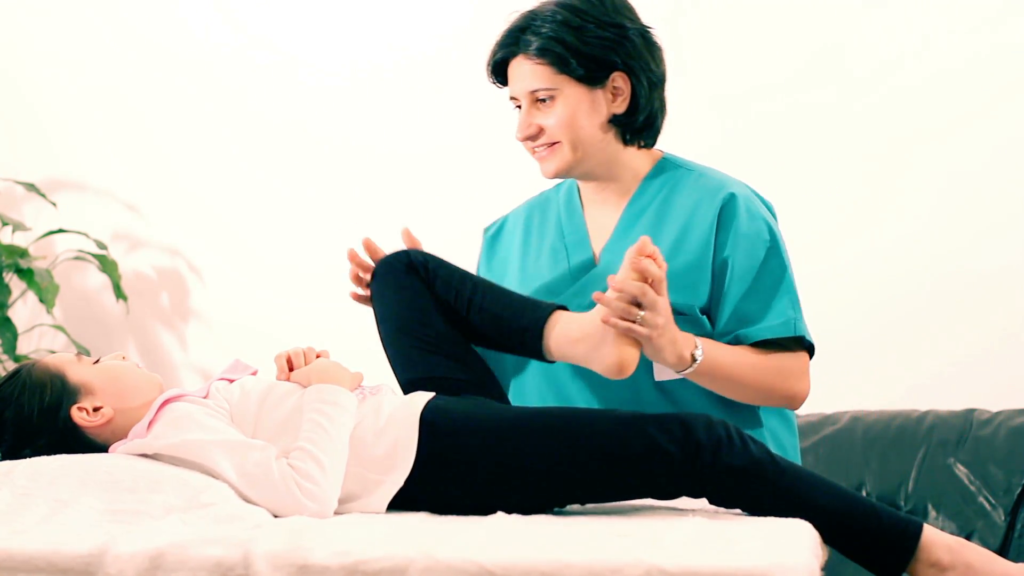
How does physical therapy help dependent older people?
The main difference between physiotherapy generally and this discipline especially isn’t such a lot within the techniques used but within the adaptation of them. Dealing with the elderly or dependent elderly people requires a very particular way of applying their knowledge on the part of the specialist.
It is something the same as what happens with those that take care of the elderly in their homes. Training and knowledge are fundamental, but so are vocation, orientation towards the well-being of the opposite person, sensitivity and patience. Not surprisingly, some caregivers of dependent people may have knowledge of physiotherapy while physiotherapists have also learned tons from caring for older adults.
And it is that the two areas complement each other when it comes to guaranteeing the maximum well-being of the elderly and / or dependents:
- It should help them to be active as possible: get out of bed, wash up, and eat …
- Reduces the danger of pathologies related to lack of mobility, even when it involves passive exercises.
- Relieves chronic discomfort derived from locomotor problems and mitigates the body’s perception of pain.
- It can make their recovery faster after a possible fall.
Other benefits of physiotherapy when it becomes routine practice
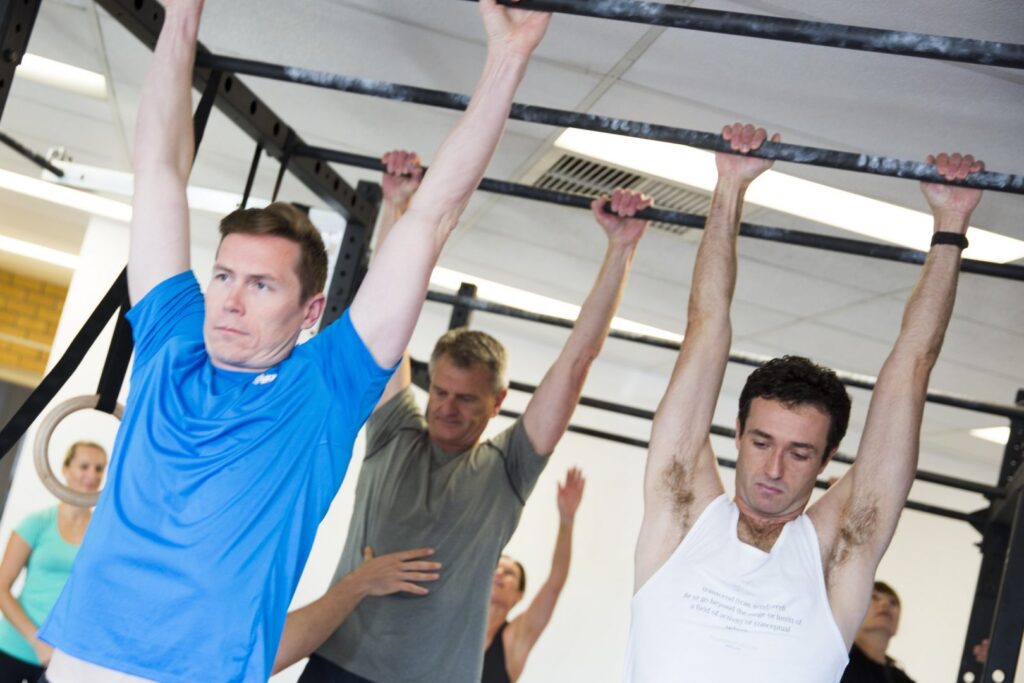
Talking about physiotherapy requires talking about the future. The positive effects of those practices might not be seen after the primary session but are going to be seen as time goes on. And the highlight of all: they’re not only reduced to an improvement within the locomotor capacities of the elderly but in many other aspects of their health and well-being.
- Provides the necessary tools to gain self-confidence.
- Provides security and energy, desire to continue feeling useful.
- Reduces stress and anxiety.
- It favors the quality of sleep.
- Increase mental health.
- It reduces the risk of suffering from other pathologies (diabetes, being overweight, colon cancer, osteoporosis …).
- Prevents cardiovascular accidents and circulatory problems.
During old age, it is normal for a decrease in physical activity to occur due to fatigue, motor dysfunctions and a progressive loss of abilities such as balance, strength or endurance. However, there are ways to delay the damage and tear that the body experiences and physiotherapy in older people has established itself as a stimulating therapeutic alternative.
You may also like to read: physiotherapy : Best Mobility exercises
